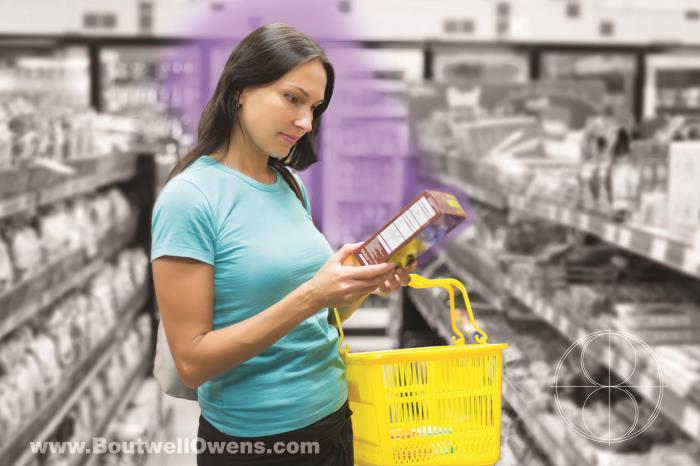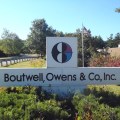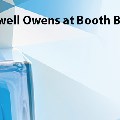Public
Boutwell Owens Documents
Boutwell Owens Jobs
Boutwell Owens Locations
Boutwell Owens News
Boutwell Owens Videos
If this is your company, CONTACT US to activate Packbase™ software to build your portal.


In the rush to move new products to market, packaging is many times the final discussion that brands engage in prior to launch. With an 80 percent failure rate on average for new product launches, brands are in many ways playing the laws of averages. Keep throwing products out there and wait for something to stick. The whole process lacks deliberation. This win/lose scenario reminds me of a plaque that hung over my grandfather’s desk that read,
This is a non-profit organization; we didn’t plan it that way, it’s just how it worked out.
Chance versus deliberation
We live in an age of incredible design talent. Think of Apple packaging and the way designers like Jonathan Ive have revolutionized the concept of “user experience.” This didn’t come from throwing a plethora of products into the marketplace and seeing which ones would stick. I recently accepted the challenge from BXP to share my thinking on engineering the kind of packaging that wins at retail, connects with the consumer and avoids the pitfalls that occur when design and manufacturing are not on the same page.
Here is the first in a series of articles on the essential values of packaging—taking the leap from magical to deliberate thinking. What do I mean by that? I don’t intend to review the best practices of each step in the journey, but rather to cut a new path that engages all key stakeholders before the brand owner plays the averages. That approach is old school. It’s time for something new…I call it deliberative thinking. This offering will pave the way for the next eight monthly discussions which will dive into the various points of interest.
The essential values of packaging
Any one of these not given proper deliberation can mitigate the success of your product launch.
Protection
- Remember, the disappointment of opening a package and finding the item damaged? From another angle, if child protection is necessary, how do you build a bulletproof package?
Transport
- How do you optimally move SKU level products to market in an efficient and identifiable manner, simplifying the sales conversion?
Preservation
- Any food manufacturer knows the product better be fresh. It’s the difference between a sale and a loss. One bad product, one bad Tweet and it’s good-by brand.
Brand Integrity
- Needs to consistently represent the brand, consistent look, feel, appeal.
Identification
- SKU Level Identification. Essential to consumer item selection and facilitating the final sale. Bar Codes, QR Codes.
Ease of use
- Elegance is many times found in the simplest things. Packaging should not impose frustrations on the consumer.
Message conveyance
- Your elevator pitch. Why buy me?
Facilitate a deeper connection with client.
- Long term relationship building. Calls to action, campaigns, solicitations, create the reason for the next meeting. Packaging shouldn’t simply complete the sale, it should facilitate the relationship moving to the repeat sale.
Prevention
- Regulatory requirements, ingredients, usage instructions, danger warnings. Packaging is a vehicle for consumer protection and brand protection.
Connection to Consumer
- Product Positioning—the user experience, raising the bar of how the consumer identifies your product.
- Core Values—your stance on fair labor, environmental and sustainability issues, support for disadvantaged growers, etc.
- Differentiation—how is your product unique?
- Core connection to the consumer—does your product elicit a change in a state of mind. Is the brand interaction a positive memorable emotional experience?
Dual Purpose
- Can the package serve a dual purpose, surviving after the sale?
Cost Justification
- Design for optimum manufacturability
- Balance all cost drivers against tangible market benefits
- Rationalize design decisions prior to committing to design platform
















